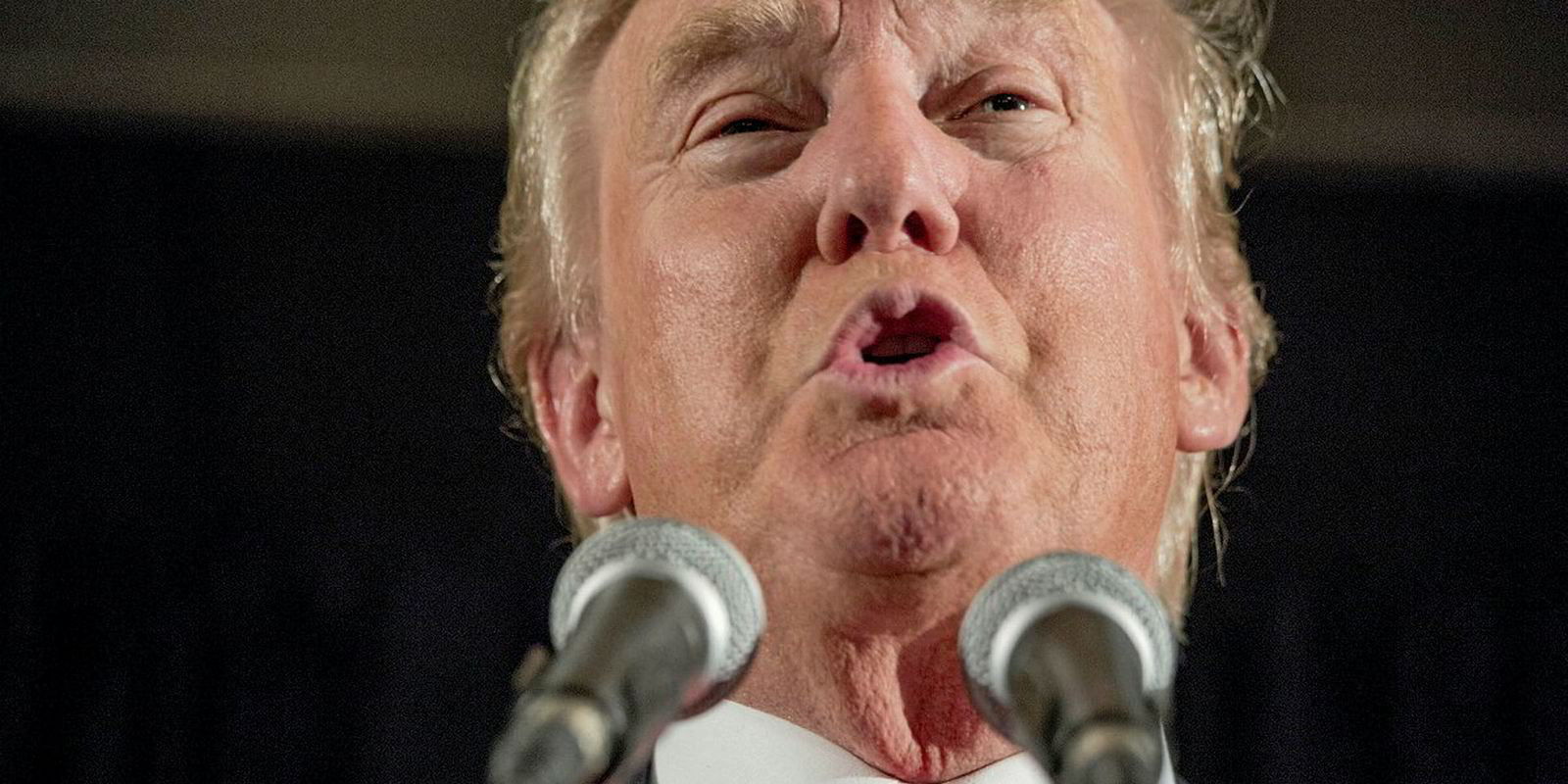Donald Trump’s Trade War with China has contributed to a drop in seaborne trade this year and is reducing both imports and exports from the Asian economic powerhouse.
While Washington and Beijing have hit pause of a battle which has raged since early 2018, the dispute is having a larger impact on Chines trade than the global picture, according to shipbroking giant Clarksons.
Yue Lei, a senior research analyst at Clarksons, explained: “While China’s seaborne imports and exports are still set to grow in 2019 the ‘trade war’ is having a direct impact on trade volumes and patterns, with indirect impacts on China’s economy and global investor sentiment clear too.
"While there are a range of factors shaping Chinese trade (including a changing energy mix, iron ore supply disruptions and global economic trends), the impact of the ‘trade war’ still needs to be tracked closely."
Following the latest tariff escalation in May, Clarksons said the trade war was expected to reduce seaborne trade by a limited 0.2% in terms of tonnes shipped in 2019 and 0.4% in 2020.
However, Lei explained shifting trading patterns would moderate the overall impact on a global scale.
“However, the impact on Chinese trade is expected to be larger,” she wrote in a report published on Wednesday.
Estimates suggest the trade war could cut Chinese seaborne imports by 0.6% in tonnes during 2019, with exports downed by 2.7% if indirect impacts relating to China’s economic performance are discounted.
The influence is already visible in the market, with Chinese imports from the US down by over 65% to 16.2mt in the first five months of this year, the researcher said.
Grain shipments show the largest drop, falling by two thirds in the period to just 5.3mt, Clarksons said.
Imports of US LPG, LNG and crude oil tumbled by 84% to 1.6mt, with China able to source alternatives from elsewhere in the world, Lie noted.
Container traffic from China to the US is also down by 8% year-on-year after the initial rush to eat the tariffs subsided.
“While Chinese exports to some other destinations have risen this year (e.g. to Europe and Africa), increased US box imports from other developing Asian economies are expected to limit growth to some extent in total Chinese container exports this year,” Lie said.







